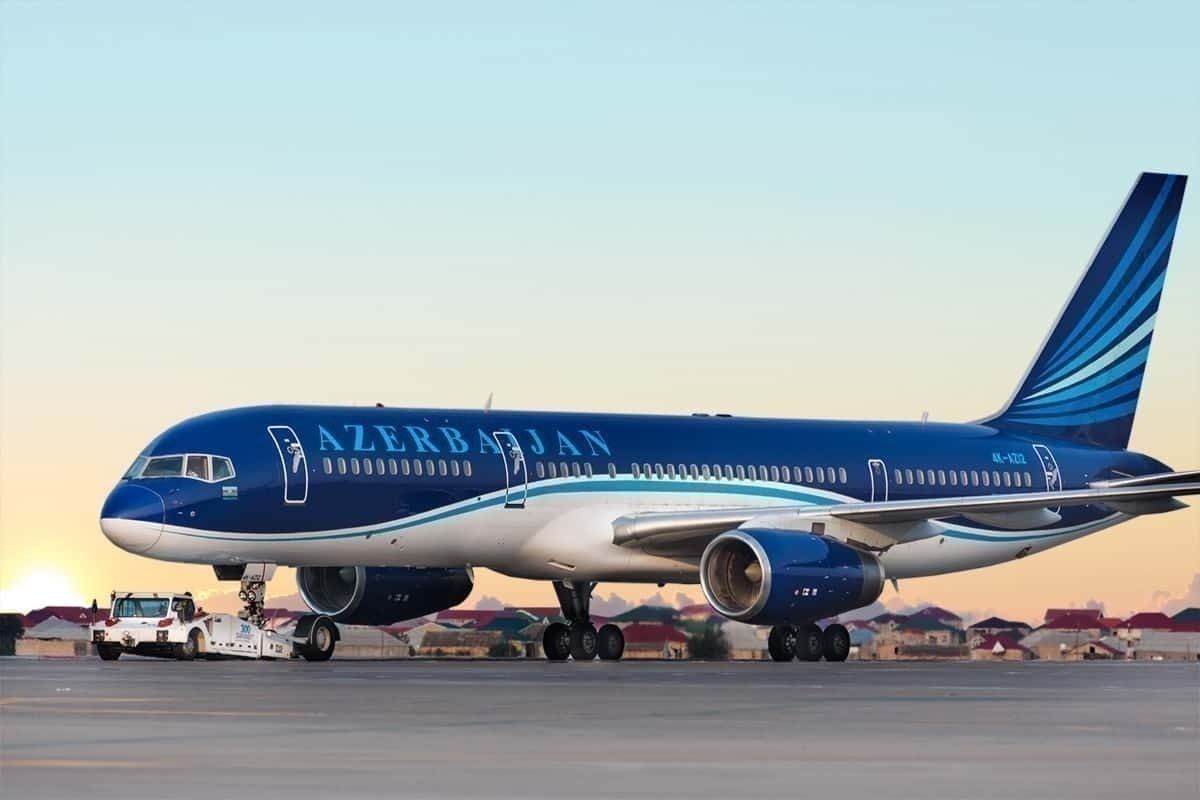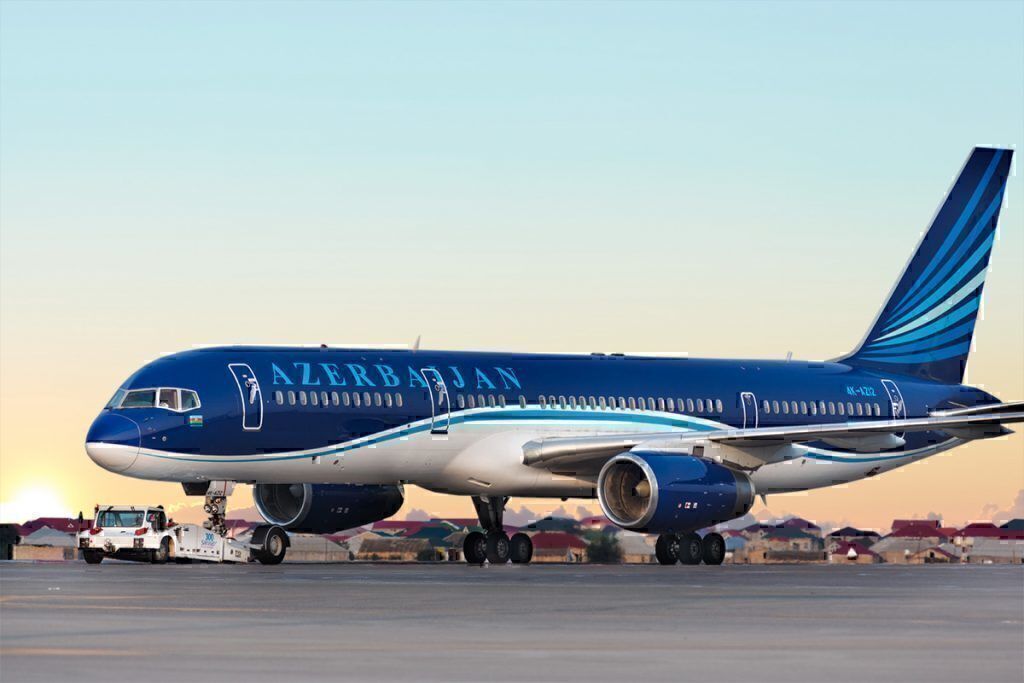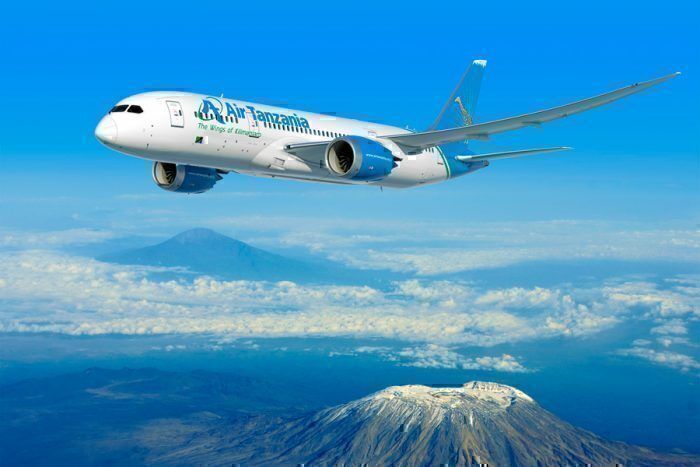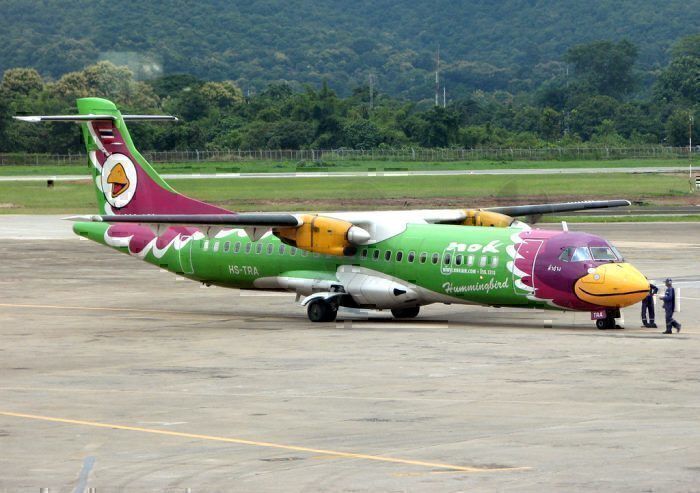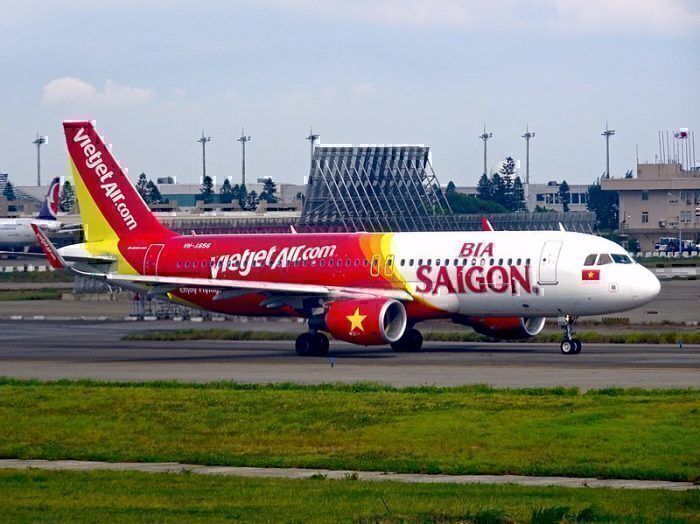It is a case of you win some, you lose some, as seven new airlines have started flying into India this northern winter. However, the net gain is only two airlines, as five international carriers have also exited the Indian market this winter. Despite the collapse of Jet Airways potentially opening opportunities in India, the market is problematic for both local and international airlines.
Who’s left the scene?
Exiting the Indian market throughout 2020 are Asiana, Air Manas, Brussels Airlines, Garuda, and Thomas Cook Airlines. Asiana ended its A330 services between Seoul and Delhi in July 2019. Air Manas wrapped up its 737-800 services between Bishkek and Delhi. Brussels Airlines axed its services to Mumbai. Garuda once flew to three Indian destinations but ended its flights to its last destination, Mumbai, in March 2019. And Thomas Cook … well, we all know what happened with Thomas Cook.
The seven new airlines are…
According to a report in CNBC, seven new airlines are up for the challenges of flying into India this winter. The new entrants are Air Tanzania, Arkia Israeli Airlines, Azerbaijan Airlines, LOT Polish Airlines, Nok Air, Scoot Air, and Vietjet Airlines. It is, you may agree, an eclectic mix.
Air Tanzania launched direct flights between Dar Es Salaam and Mumbai in July 2019. The flights run three times a week using one of the airline’s Boeing 787-8s. It is an overnight flight up to Mumbai before a breakfast time return to Tanzania, arriving mid-morning.
Arkia Israeli Airlines started flying between Tel Aviv and Goa in October 2019 using one of their long-range A321neo aircraft. The flights operate weekly. It’s a daytime service to Goa and an evening return, landing back in Tel Aviv just before midnight
.Azerbaijan Airlines began flying between Baku and Delhi in June 2019. The twice a week service is operated by one of its two Boeing 757-200 aircraft and is the only direct link between the two cities. Back when the flights began, Azerbaijan Airlines was keen to increase its presence in India.
After an absence of 25 years, LOT Polish Airlines resumed flights between Warsaw and Delhi. The three times a week service uses a mixture of Boeing 787-8 and 787-9 aircraft. If the Delhi service performs well, LOT Polish is looking at adding Mumbai, Bangalore and Kolkata to its schedules.
Coming from the opposite direction, Thai low-cost carrier, Nok Air, began two services to India. It is now flying 737-800s twice a week between Bangkok and Guwahati and three times a week between Bangkok and Visakhapatnam.
Scoot Air has also added two Indian flights to its schedules this year. The Singapore based airline is now sending one of its A320s five times a week between Singapore and Visakhapatnam and daily between Singapore and Coimbatore. These flights were transferred over from sister airline, Silk Air.
Finally, Vietjet is now flying between both Hanoi and Ho Chi Minh to Delhi. There are four services a week between Ho Chi Minh and Delhi and three services a week between Hanoi and Delhi. Vietjet uses A320 aircraft on the route.
What’s this got to do with Jet Airways?
Whether these new flights can be linked to Jet Airways’ demise is debatable. It’s more likely attempts by the respective airlines to exploit what they see as gaps in the market. Jet Airways did fly to both Singapore and Bangkok but it did not serve any of the other markets.
Regardless of the weak link, the new entrants will find India a difficult market to operate in. As noted in Simple Flying last week, aviation in India is challenged by average infrastructure, high costs, and a weak local currency.
On the flip side, many of these new entrants come from markets with similar challenging environments. It may be a case of same hurdles, different scenery.
And if you ever need to get from Baku to Delhi, you now know how to.

